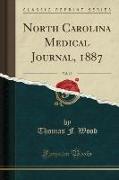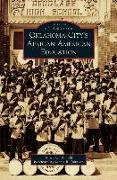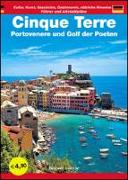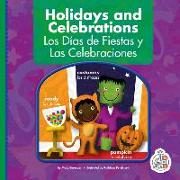- Start
- North Carolina Medical Journal, 1887, Vol. 19 (Classic Reprint)
North Carolina Medical Journal, 1887, Vol. 19 (Classic Reprint)
Angebote / Angebote:
Excerpt from North Carolina Medical Journal, 1887, Vol. 19
The drainage with the hood flap is no better insured than it is with lateral ¿aps. I propose, then, upon this occasion, to select the lateral tegumentary ¿aps. Before proceeding to operate I will look to the instruments to be used. Never trust this entirely to your assistants. When you wish a knife, or a saw, or a forceps, or a ligature, ora tourniquet, these should all be at hand. A belief in modern antiseptic surgery leads one to be more particular as to all the details in opera tions, and the character of the instruments, dressings, etc. I cannot now go into the details of this matter, but will only say that I have great faith in certain cardinal features of antiseptic surgery. There must be cleanliness as to bands and person, as to instruments and sponges, absolute arrest of bleeding, security as to drainage, nice adjustment of the wound, proper support or rest of parts, ligatures and sutures should be antiseptic. As to the use of agents for killing or excluding germs, or for preventing decomposition of the in¿amma tory products, I shall not pass an opinion, except to say that the use of many of these cannot be objectionable, as they do not oppose clean liness or act as irritants. I have a personal objection, however, to some of the strong solutions because of their effect upon my hands. I have for two seasons suffered much from this cause, and I am almost disposed, in cleansing wounds, to go back to pure water that has been boiled.
Now we will do the operation Esmarch's bandage has been applied to enable us to have a bloodless operation. I stand upon the outside of the leg (right leg) and make the lateral ¿aps by first entering the point of the knife behind in the middle of the leg, then cutting upwards, or towards me, I complete a semi-lunar incision at the spine of the tibia in front. The other ¿ap is made by simply reversing the direction of the cutting, now upon the side nearest me, and ending the second incision where I began the first, upon the under side of the limb. The two ¿aps are quickly turned up, then the deeper struc tures are cut through by a circular sweep of the knife, the inter-osseous muscles and membrane divided and the bones sawed. The next step is to secure the arteries. I will turn this duty and the dressing of the stump over to my assistants, while I show you the diseased joint and remark upon its characteristics.
About the Publisher
Forgotten Books publishes hundreds of thousands of rare and classic books. Find more at www.forgottenbooks.com
This book is a reproduction of an important historical work. Forgotten Books uses state-of-the-art technology to digitally reconstruct the work, preserving the original format whilst repairing imperfections present in the aged copy. In rare cases, an imperfection in the original, such as a blemish or missing page, may be replicated in our edition. We do, however, repair the vast majority of imperfections successfully, any imperfections that remain are intentionally left to preserve the state of such historical works.
Folgt in ca. 15 Arbeitstagen




